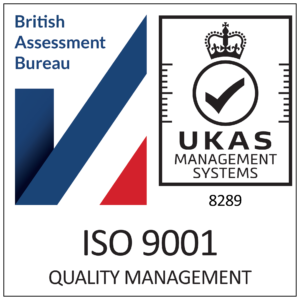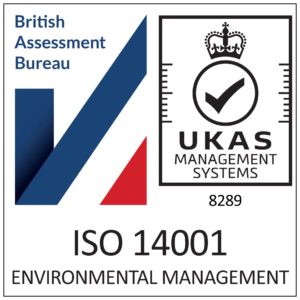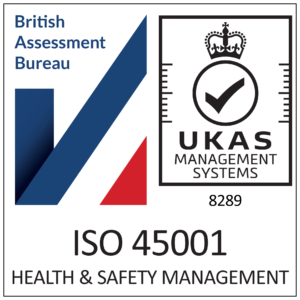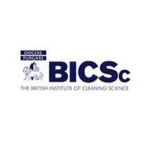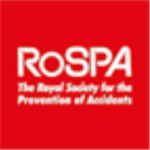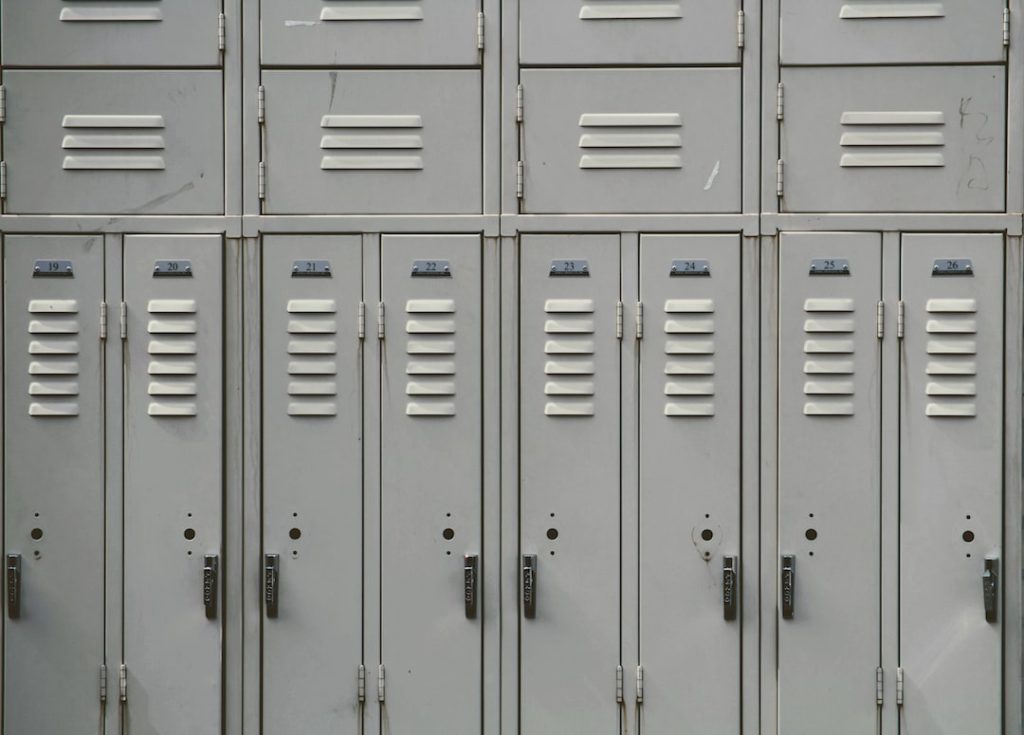
Effective School Cleaning Strategies for Chorlton
Overview
Importance of school cleanliness
Maintaining a clean and hygienic environment in schools is of utmost importance. Not only does it promote the health and well-being of students and staff, but it also creates a conducive learning atmosphere. A clean school reduces the spread of germs and illnesses, leading to fewer absences and better academic performance. Additionally, a clean and organized school reflects positively on the school’s reputation and instills a sense of pride in students and staff. By prioritizing cleanliness, schools can ensure a safe and healthy environment for everyone.
Benefits of effective cleaning strategies
Maintaining a clean school environment has numerous benefits. First, it helps prevent the spread of germs and reduces the risk of illnesses among students and staff. Second, a clean school promotes a positive learning environment, as students are more likely to focus and thrive in a clean and organized space. Third, effective cleaning strategies contribute to the longevity of school facilities and equipment, saving costs on repairs and replacements. By prioritizing cleanliness, schools can create a safe and healthy environment that supports the overall well-being of everyone in the school community.
Challenges in maintaining cleanliness
Maintaining cleanliness in a school environment can be a challenging task. With a large number of students and staff, it is important to have effective cleaning strategies in place to ensure a hygienic and safe learning environment. One of the main challenges is the regularity of cleaning routines. Daily cleaning routines should be established to address immediate cleaning needs, while deep cleaning schedules should be implemented to thoroughly clean and disinfect the premises. Additionally, sanitization protocols should be followed to prevent the spread of germs and illnesses. By addressing these challenges, schools can create a clean and healthy environment for everyone.
Cleaning Procedures
Daily cleaning routines
Daily cleaning routines play a crucial role in maintaining a clean and hygienic environment in schools. These routines involve regular tasks such as sweeping, mopping, dusting, and emptying trash bins. It is essential to establish a schedule and assign specific tasks to the cleaning staff to ensure that all areas of the school are thoroughly cleaned on a daily basis. Additionally, disinfecting high-touch surfaces like doorknobs, light switches, and desks should be a priority. By implementing these daily cleaning routines, schools can create a healthy and safe learning environment for students and staff.
Deep cleaning schedules
Deep cleaning schedules are an essential component of effective school cleaning strategies. These schedules involve thorough and intensive cleaning of all areas in the school, including classrooms, hallways, restrooms, and common areas. Deep cleaning helps to eliminate dirt, dust, allergens, and germs that may not be removed during daily cleaning routines. It is recommended to have deep cleaning sessions at regular intervals, such as during school breaks or holidays, to ensure a hygienic and healthy environment for students and staff. By implementing deep cleaning schedules, schools can maintain a high standard of cleanliness and promote the well-being of everyone in the school community.
Sanitization protocols
Sanitization protocols are an essential part of effective school cleaning strategies. These protocols ensure that all surfaces, including high-touch areas such as doorknobs and desks, are thoroughly cleaned and disinfected to prevent the spread of germs and viruses. It is important to use commercial cleaning products that are specifically designed for sanitization purposes. Additionally, regular training should be provided to cleaning staff on the correct use of sanitizing agents and the importance of following established protocols. By implementing strict sanitization protocols, schools can create a clean and healthy learning environment for students and staff.
Cleaning Products and Equipment
Choosing the right cleaning products
Selecting the appropriate cleaning products is crucial for maintaining a clean and hygienic school environment. It is important to consider factors such as effectiveness, safety, and eco-friendliness when choosing cleaning products. Disinfectants that are effective against a wide range of pathogens should be prioritized, especially during times of increased illness. Additionally, opting for environmentally friendly cleaning products can help reduce the impact on the environment and promote sustainability. It is recommended to refer to product labels and safety data sheets for information on proper usage and potential hazards. Regularly evaluating and updating the cleaning product inventory ensures that the school is equipped with the most efficient and appropriate products for maintaining a clean and healthy learning environment.
Effective use of cleaning equipment
To ensure efficient and thorough cleaning, it is crucial for schools in Chorlton to use cleaning equipment effectively. This includes proper maintenance of equipment, regular inspections, and adequate training for cleaning staff on how to operate and handle the equipment safely. Additionally, schools should consider investing in modern and advanced cleaning equipment that can help streamline cleaning processes and improve overall efficiency. By using the right equipment and following proper cleaning techniques, schools can maintain a clean and hygienic environment for students and staff.
Eco-friendly cleaning options
When it comes to cleaning products, choosing eco-friendly options can have a positive impact on both the environment and the health of students and staff. Eco-friendly cleaning products are made from natural and biodegradable ingredients, reducing the use of harsh chemicals that can be harmful to people and the planet. Additionally, using eco-friendly cleaning options can help schools meet their sustainability goals and promote a greener and healthier learning environment. Some examples of eco-friendly cleaning products include vinegar, baking soda, and hydrogen peroxide. By incorporating these products into the cleaning routine, schools can contribute to a more sustainable future while maintaining a clean and hygienic environment.
Staff Training and Communication
Importance of training for cleaning staff
Proper training for cleaning staff is essential in maintaining a clean and hygienic school environment. Well-trained staff are equipped with the knowledge and skills to effectively carry out cleaning procedures, ensuring that all areas of the school are thoroughly cleaned and sanitized. Training should cover proper handling and use of cleaning products and equipment, as well as adherence to sanitization protocols. Additionally, training should emphasize the importance of effective communication among staff members and provide channels for monitoring and feedback. By investing in training, schools can ensure that their cleaning staff are well-prepared to tackle the challenges of maintaining cleanliness and contribute to a healthy learning environment for students.
Effective communication channels
Effective communication channels are essential for maintaining cleanliness in schools. Regular communication between cleaning staff, teachers, and administrators ensures that everyone is on the same page regarding cleaning expectations and protocols. This can be achieved through weekly meetings, email updates, and the use of a centralized communication platform. Clear and concise communication helps to address any concerns or issues promptly, allowing for a more efficient cleaning process. Additionally, establishing a feedback system where teachers and students can report any cleanliness issues further enhances the effectiveness of the cleaning strategies. By prioritizing effective communication channels, schools can create a collaborative environment that promotes cleanliness and hygiene.
Monitoring and feedback
Regular monitoring and feedback are essential components of an effective school cleaning strategy. By regularly assessing the cleanliness of the school premises and providing feedback to the cleaning staff, any areas that need improvement can be identified and addressed promptly. This can be done through scheduled inspections, surveys, or feedback forms. It is important to establish clear communication channels with the cleaning staff to ensure that any issues or concerns are addressed in a timely manner. Additionally, recognizing and acknowledging the hard work of the cleaning staff can boost morale and motivation, leading to better cleaning outcomes. Overall, monitoring and feedback play a crucial role in maintaining a clean and hygienic school environment.

